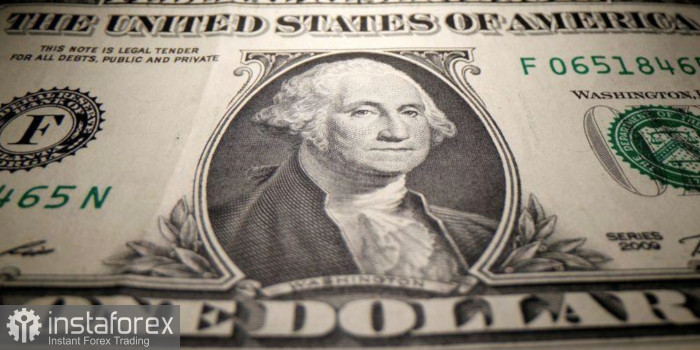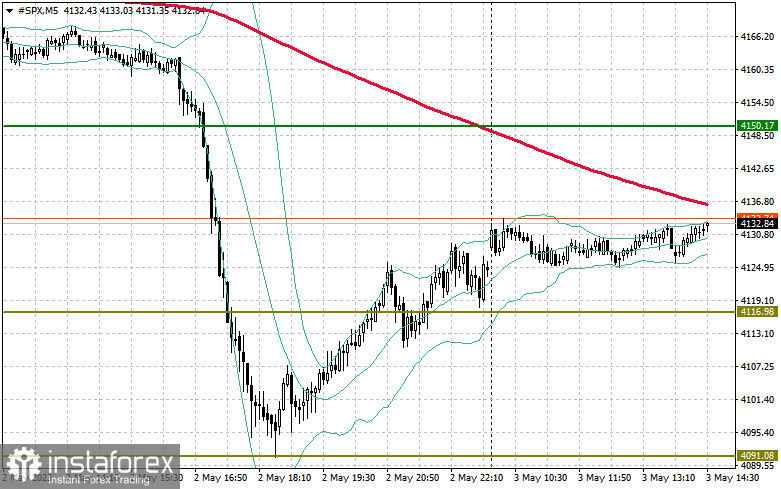American stock index futures have not yet reacted to oil falling below $70 per barrel. Meanwhile, shares of US regional banks have once again faced significant selloffs in the premarket, as recession prospects and concerns about financial stability put considerable pressure on investors ahead of the Federal Reserve's interest rate decision. Another rate hike is expected which may further exacerbate the situation.

Futures contracts on the S&P 500 rose by only 0.1%, while the high-tech NASDAQ added 0.2%. Crude oil futures fell to their lowest level since March, and the shares of PacWest Bancorp and Western Alliance Bancorp have already lost about 10% in the premarket trade.
While investors are waiting for a rate decision, 10-year Treasury bonds continued to rise amid demand for safe-haven assets. Traders expect the Fed to raise borrowing costs by 25 basis points at today's meeting, after which it will signal a pause in its aggressive rate-hiking cycle.
Many consider a 25-point rate hike a guaranteed scenario even though the regional banking sector continues to collapse. Fed officials are between persistently high inflation and data indicating a rather modest economic downturn. Recent reports on manufacturing activity have proved this. However, concerns about financial difficulties caused by banking turmoil may influence the committee's decisions. A plunge in the shares of US regional banks PacWest Bancorp and Western Alliance Bancorp has been seriously worrying Wall Street since yesterday.
This happened just a day after JPMorgan Chase & Co acquired First Republic Bank.
The lack of clarity regarding the US debt ceiling adds to the existing pressure. Therefore, it is no longer surprising why traders rush to buy gold and bonds and avoid risk assets.

In addition, the US Treasury Department warned that it could run out of money to pay its bills by June 1. So, US President Joe Biden, members of the House of Representatives, and the Senate must come up with a solution.
As for the technical outlook for the S&P 500, its volatility has dropped sharply. Bulls need to do their best to stay at the level of $4,116 and return to $4,150 from where they can head for the next target of $4,184. Another priority for the buyers will be to maintain control of $4,208 to intensify the bullish trend. In case of a decline amid the prospect of a further rate hike and a possible recession, bulls will have to assert their strength at $4,116. Its breakout will push the price back to $4,091 and will open the way to the target at $4,064.





















